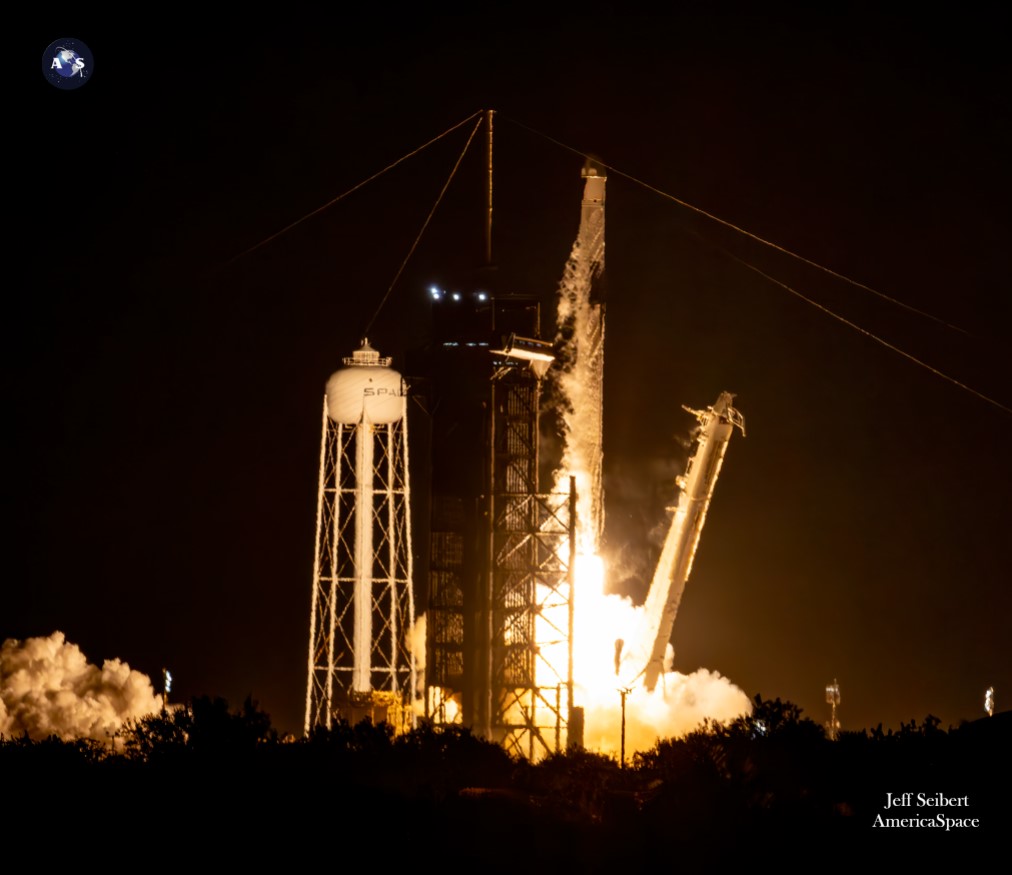
SpaceX has launched an 11th mission inside one month, following Thursday night’s spectacular liftoff of a twice-used Falcon 9 booster from historic Pad 39A at Florida’s Kennedy Space Center (KSC). The B1081 core—which entered service in late August to launch Dragon Endeavour and her Crew-7 quartet of NASA’s Jasmin Moghbeli, European Space Agency (ESA) astronaut Andreas Mogensen of Denmark, Japan’s Satoshi Furukawa and Russian cosmonaut Konstantin Borisov—rose into the darkness at 8:28 p.m. EST, kicking off a 32-hour, 22-hour rendezvous profile, ahead of autonomous docking at the International Space Station (ISS) early Saturday.
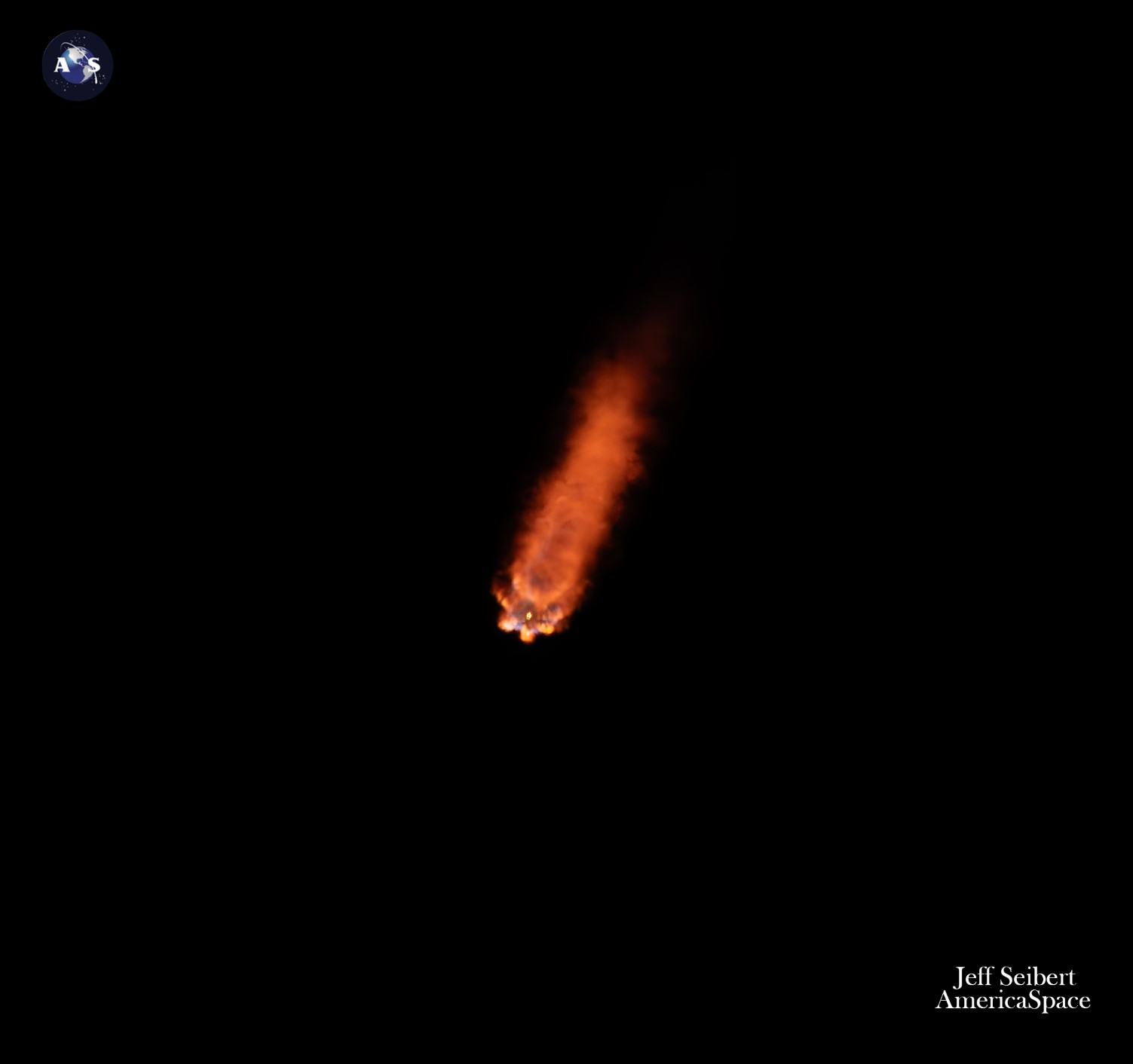
Delayed since earlier in November due to the need to tend to payload-related matters, complete the reconfiguration of Pad 39A following last month’s Falcon Heavy launch with the Psyche deep-space mission and more recently a leaky Draco thruster which required replacement, Thursday proved a charm with a 95-percent probability of acceptable weather, tempered by a slight risk of violating the Cumulus Cloud Rule. Conditions across the Space Coast pledged “mostly sunny skies and nearly dry weather” throughout the day Thursday, with only a minimal risk of coastal showers and no thick clouds after nightfall.
Last night’s mission was SpaceX’s 11th flight in a single month, counting nine launches of 200 Starlink low-orbiting communications satellites from storied Space Launch Complex (SLC)-40 at Cape Canaveral Space Force Station, Fla., and Space Launch Complex (SLC)-4E at Vandenberg Space Force Base, Calif., since 9 October, plus Psyche and CRS-29. Across this year as a whole, the Hawthorne, Calif.-headquartered launch services organization has averaged a flight every 3.88 days, a substantial uptick on 2022’s record of a mission every 5.9 days.
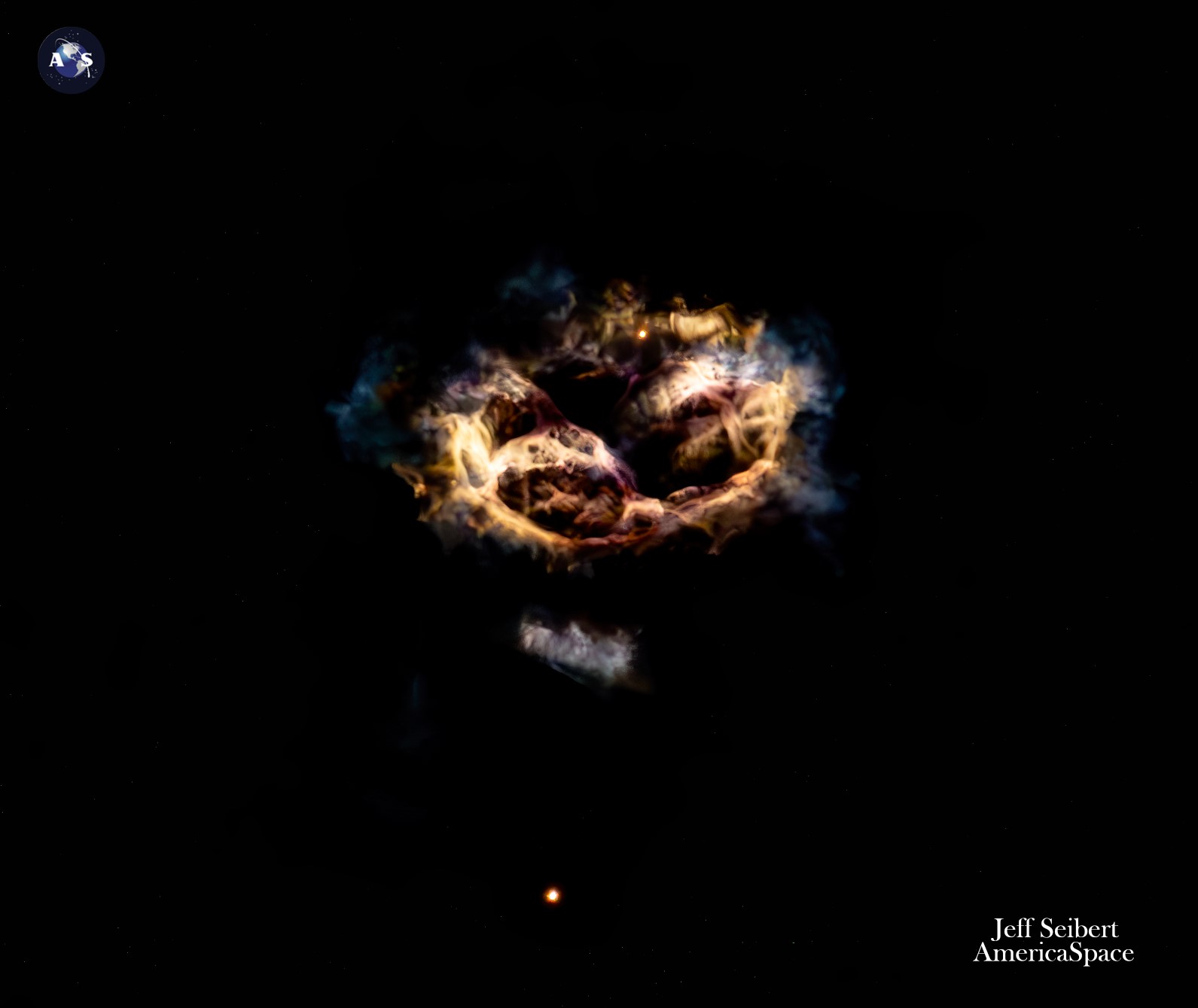
Primary payload for last night’s mission is CRS-29, the latest Commercial Resupply Services mission of a Cargo Dragon to the space station. Like B1081, the spacecraft itself—tailnumbered “C211”—is making its second flight, having previously supported the month-long CRS-26 cargo mission last winter.
Following liftoff, the nine Merlin 1D+ engines of B1081 powered the Falcon 9 stack uphill for the opening 2.5 minutes of ascent, before it separated and pirouetted to a picture-perfect touchdown on Landing Zone (LZ)-1 at Cape Canaveral Space Force Station, Fla. It was this booster’s second “land” landing, but the first occasion that a Cargo Dragon-carrying Falcon 9 had returned to alight on terra firma.
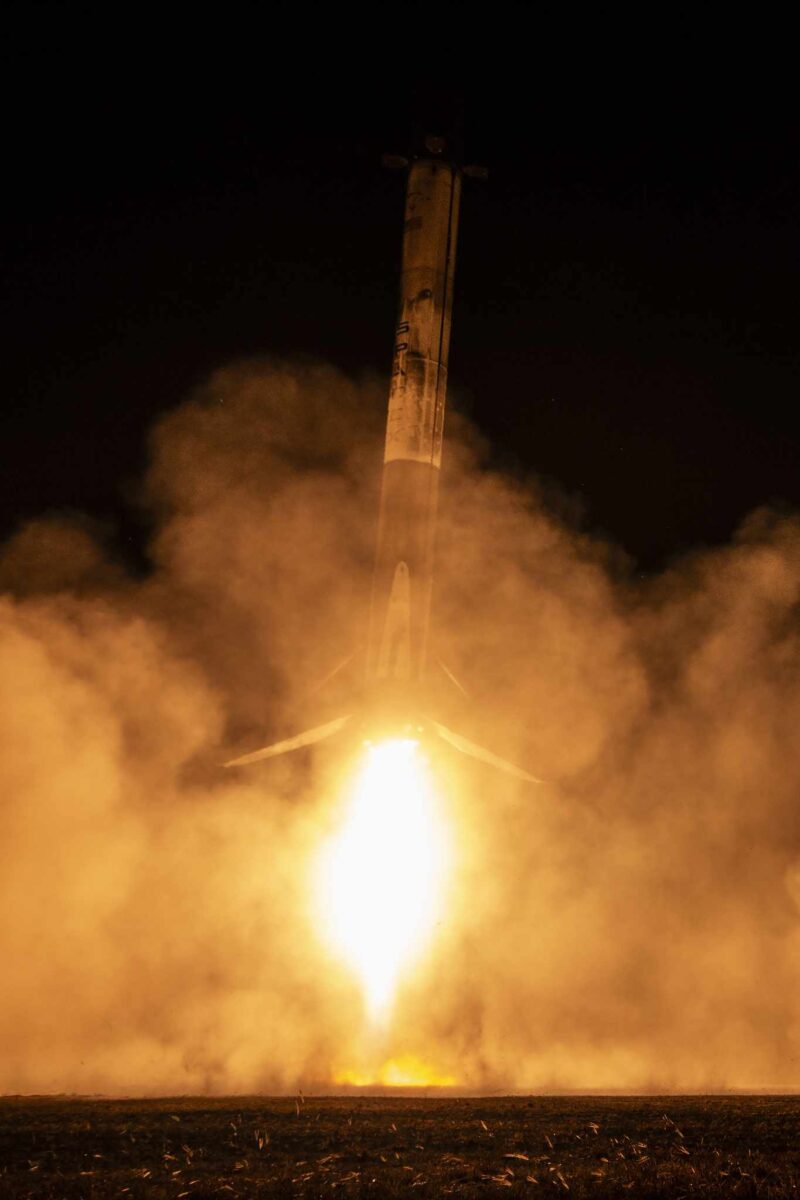
The Falcon 9’s second stage then executed a customary six-minute “burn” of its single Merlin 1D+ Vacuum engine, shutting down at 8.5 minutes after launch. The Cargo Dragon separated from the stack at 11 minutes and 46 minutes, its nose cone opening a minute or so later to expose its suite of rendezvous and tracking sensors and appendages.
Ahead lies a 32-hour, 22-orbit rendezvous profile, which will bring CRS-29 to an automated docking at the forward port of the station’s Harmony node around 5:20 a.m. EST Saturday. Monitoring the cargo ship’s approach and docking from the multi-windowed cupola will be Expedition 70’s Jasmin Moghbeli and Loral O’Hara.
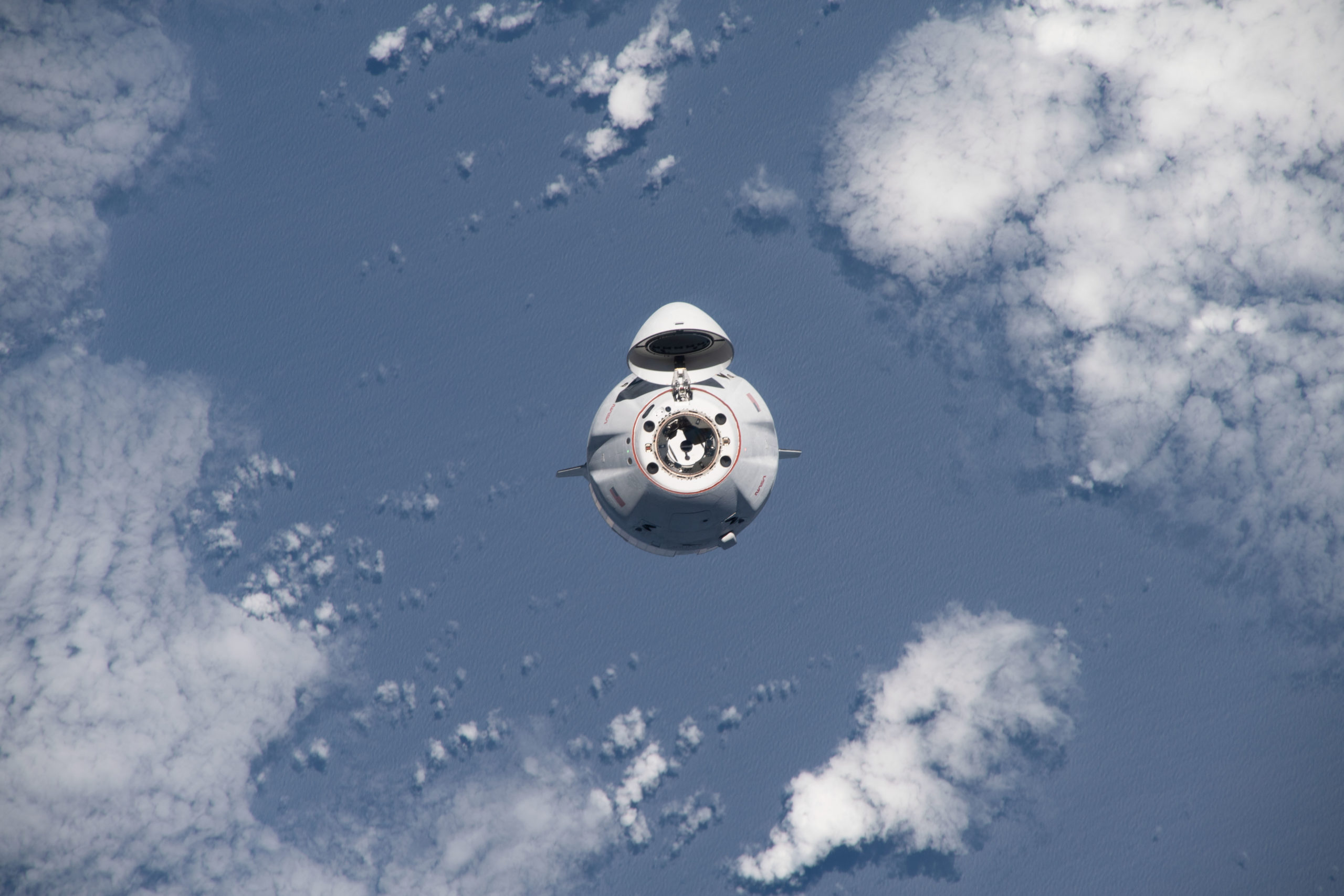
CRS-29 is bringing up 6,505 pounds (2,950 kilograms) of cargo to the station. That figure includes 1,501 pounds (681 kilograms) of crew supplies, 2,231 pounds (1,012 kilograms) of science investigations, 106 pounds (48 kilograms) of Extravehicular Activity (EVA) equipment, 1,082 pounds (491 kilograms) of vehicle hardware and 101 pounds (46 kilograms) of computer resources.
Dominating the payload haul is NASA’s Atmospheric Waves Experiment (AWE), which is managed by the Goddard Space Flight Center (GSFC) in Greenbelt, Md., for the Science Mission Directorate (SMD) at the agency’s Washington, D.C., headquarters. The $42 million experiment will be robotically berthed on Site 3 of ExPRESS Logistics Carrier (ELC)-1 on the far-port side of the station’s Integrated Truss Structure (ITS), where it will spend two years examining atmospheric gravity waves to better understand energy flow through our planet’s upper atmosphere and space.
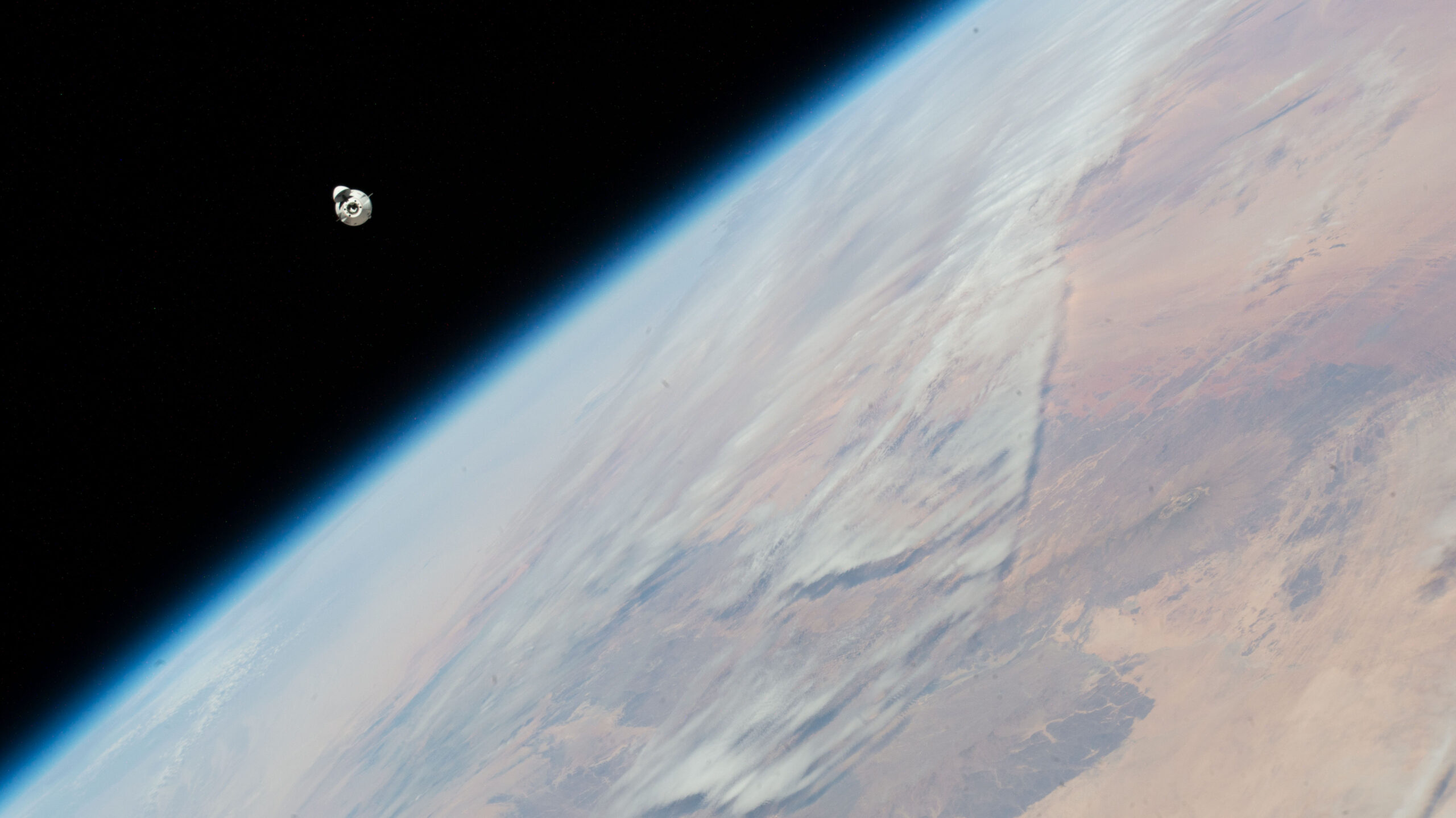
“Atmospheric gravity waves are one mechanism for transporting energy and momentum within the climate system and they play a role in defining the climate and its evolution,” said AWE co-investigator Jeff Forbes of the University of Colorado at Boulder. “This is an important step forward in understanding waves in the atmosphere and their contributions to near-Earth space weather.”
AWE will employ a single instrument, the 128-pound (58-kilogram) Advanced Mesospheric Temperature Mapper (AMTM) to capture wide-field-of-view (90-degree) infrared nighttime images at a rate of one image every second. This will allow the AMTM to produce high-quality temperature maps of atmospheric gravity waves at altitudes between 30 miles (50 kilometers) and 300 miles (500 kilometers)—the “ionosphere-thermosphere-mesosphere region”—before they enter the near-Earth space environment.
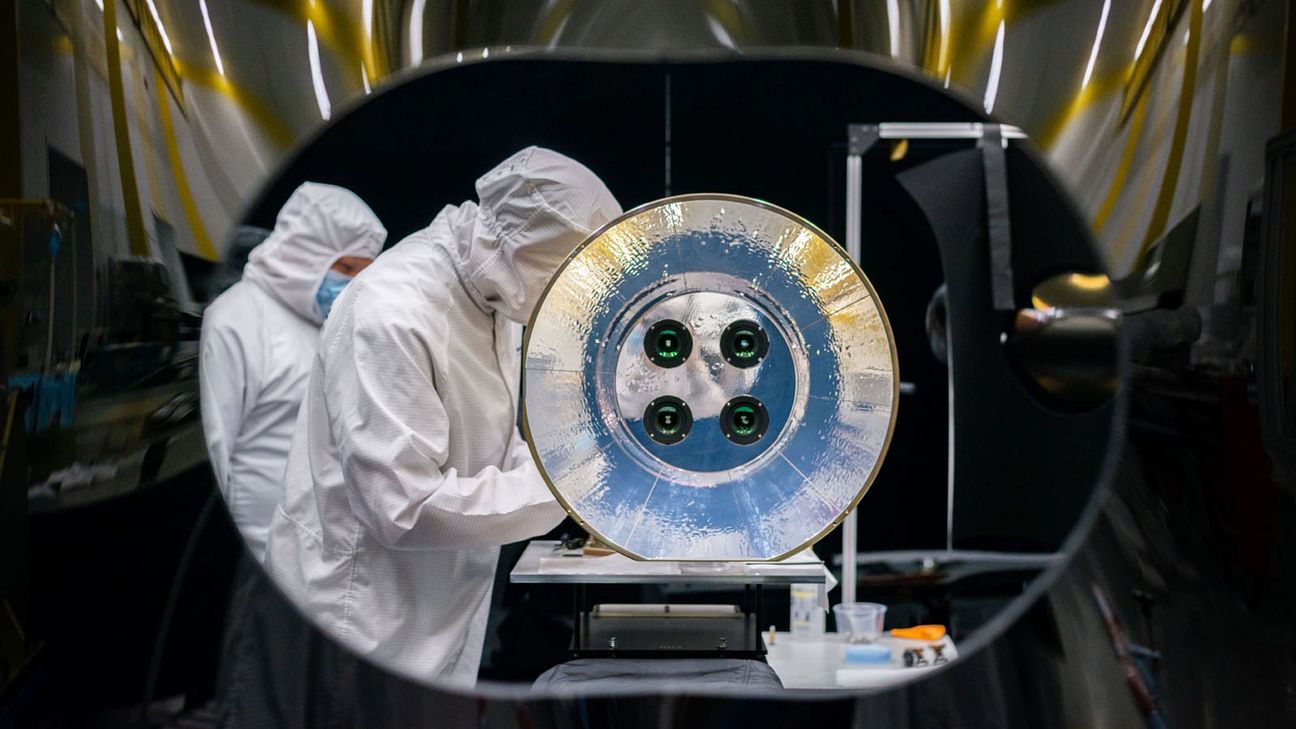
“Banking, navigation, weather forecasting and many other applications provided by satellites, as well as human space missions, can be affected by space weather,” said AWE Principal Investigator Michael Taylor of Utah State University. “AWE will provide scientists with much-needed information to better understand the physics and characteristics of atmospheric gravity waves in Earth’s upper mesosphere and ionosphere, the region where space weather begins.”
AWE was selected for development in February 2019 and confirmed for implementation by NASA in January 2021. Original plans called for it to fly to the ISS in August 2022, it slipped on the manifest and wrapped up its electromagnetic, vibration, thermal vacuum and calibration testing earlier this year. The instrument received its flight-safety certification in September, ahead of shipment to KSC.
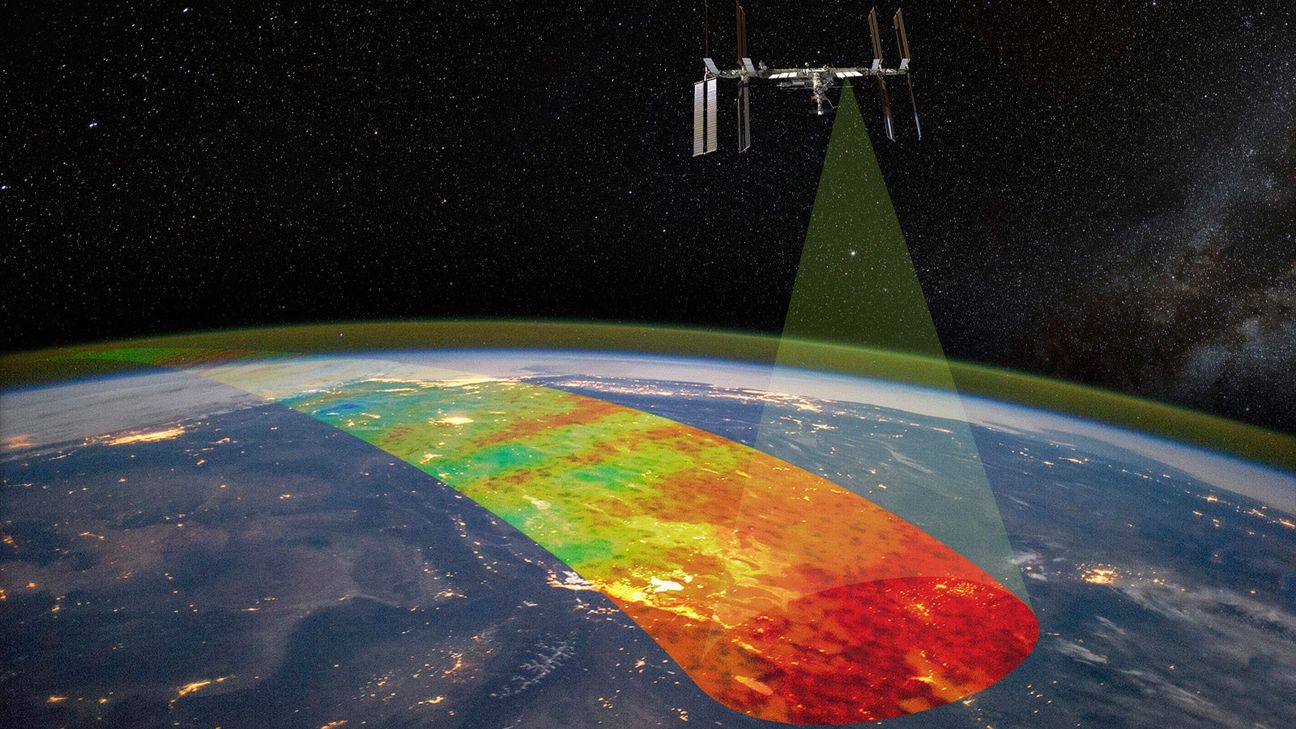
Also aboard CRS-29 is NASA’s refrigerator-sized Integrated Laser Communications Relay Demonstration Low-Earth-Orbit User Modem and Amplifier Terminal (ILLUMA-T), which seeks to test high-data-rate laser communications between the ISS and ground stations via the geosynchronous-orbiting Laser Communications Relay Demonstration (LCRD), which rode to orbit atop a United Launch Alliance (ULA) Atlas V in December 2021 on the Space Test Program (STP)-3 mission. Together, ILLUMA-T and LCRD will complete NASA’s first-ever two-way, end-to-end laser communications relay system.
The ILLUMA-T terminal, to be robotically mounted on the Exposed Facility (EF) of Japan’s Kibo lab, will send high-resolution picture and video data at a rate of 1.2 gigabits per second to the LCRD system, which will transmit the data to optical ground stations in Haleakala, Hawaii, and Table Mountain, Calif.
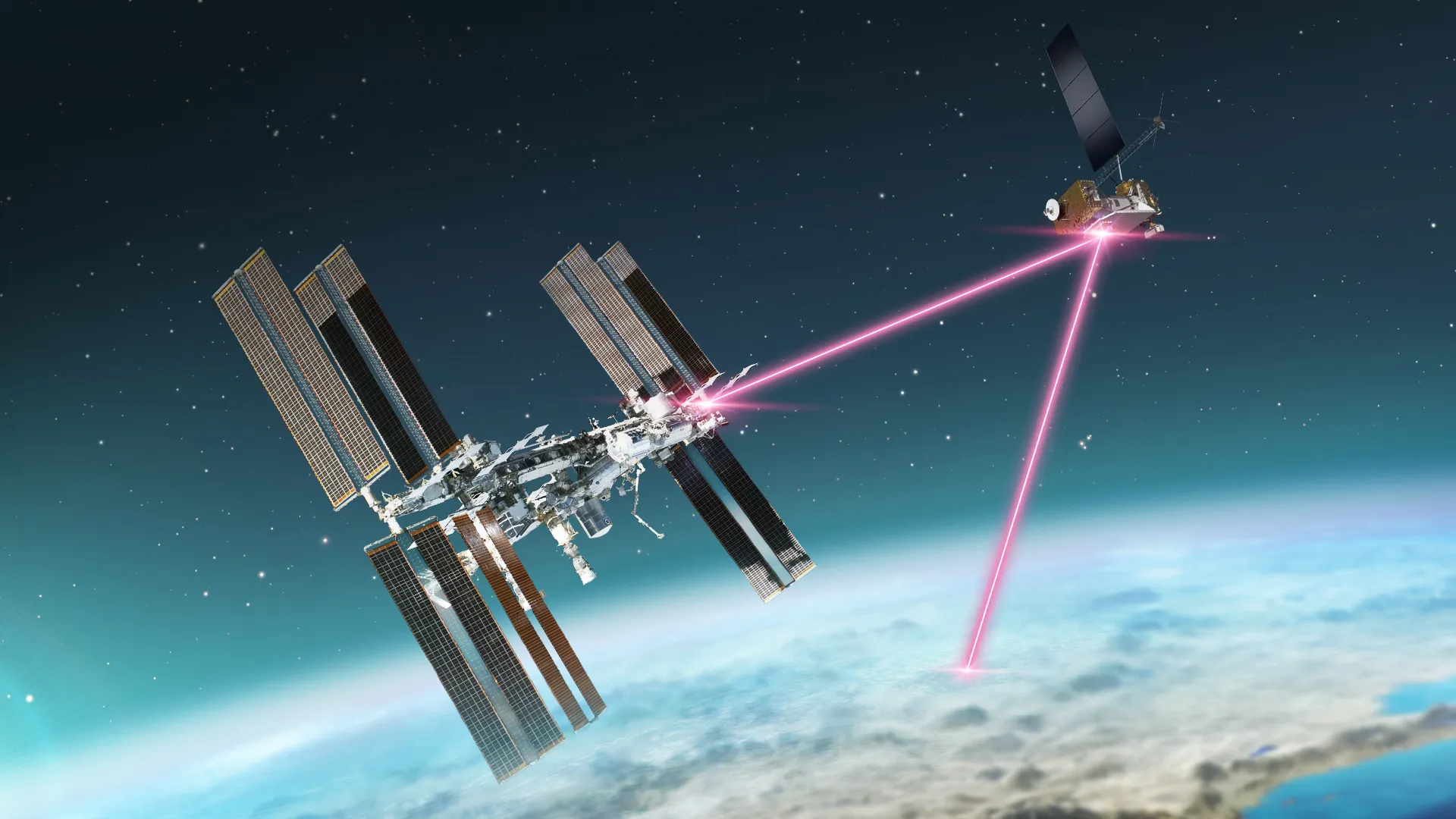
Also heading uphill are foods for the Expedition 70 crew, including oranges, apples, cherry tomatoes and carrots, a pair of speciality cheese kits and Thanksgiving and Christmas treats, including chocolate, pumpkin-spiced cappuccino, rice cakes, turkey, duck, quail, seafood, cranberry sauce, mochi, houmous, salsa and olives.
Current plans call for CRS-29 to remain aboard the ISS for about a month, with departure targeted for early to mid-December, for a parachute-assisted splashdown off the Florida Coast. Returning home will be about 3,800 pounds (1,700 kilograms) of cargo for repair and refurbishment, including a flywheel for the Advanced Resistive Exercise Device (ARED), a cabin air assembly heat exchanger, an external camera, light, pan tilt assembly and the environmental control system for the Advanced Plant Habitat (APH).




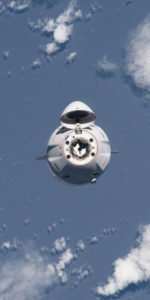
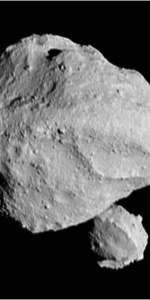
14 Comments
14 Pings & Trackbacks
Pingback:Next Starship/Super Heavy Stacked, Ahead of Friday Morning Integrated Flight Test - AmericaSpace
Pingback:Next Starship/Super Heavy Stacked, Ahead of Friday Morning Integrated Flight Test - SPACERFIT
Pingback:SpaceX Flies First Mission of Weekend Triple-Header, as Starship Stands Ready to Go - AmericaSpace
Pingback:Expedition 70 Crew to Enjoy Thanksgiving Dinner Aboard Space Station - AmericaSpace
Pingback:CRS-29 Cargo Dragon Departs Space Station, Heads Home - AmericaSpace
Pingback:CRS-29 Cargo Dragon Departs Space Station, Heads Home - SPACERFIT
Pingback:SpaceX Launches Ambitious PACE Mission to Monitor Global Ocean, Atmospheric Health - AmericaSpace
Pingback:SpaceX Launches IM-1, Nova-C Lander Powers Up, Communicates, Begins Multi-Day Voyage to Moon - AmericaSpace
Pingback:SpaceX Launches Transporter-10, Aims for Next Launch Under Two Hours Later - AmericaSpace
Pingback:SpaceX Launches Transporter-10, Aims for Next Launch Under Two Hours Later - SPACERFIT
Pingback:Crew-7 Prepares for Monday Space Station Departure, Tuesday Splashdown - SPACERFIT
Pingback:NASA’s Loral O’Hara to End 204-Day Mission, Return to Earth Tomorrow Night - AmericaSpace
Pingback:NASA’s Loral O’Hara to End 204-Day Mission, Return to Earth Tomorrow Night - SPACERFIT
Pingback:SpaceX Aims to Complete Weekend Triple-Header With Tonight’s Bandwagon-1 Launch - SPACERFIT